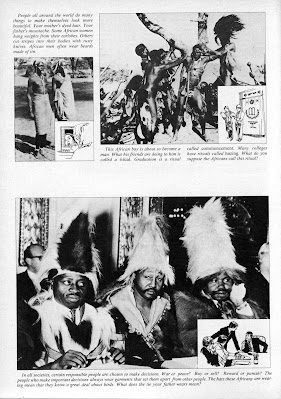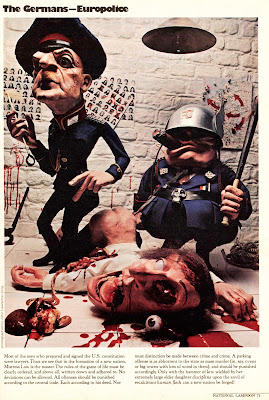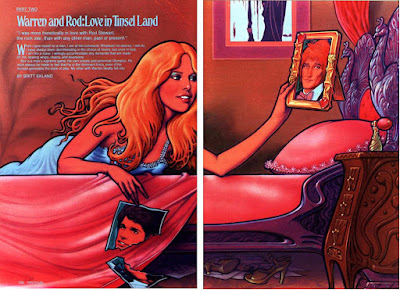Book Review: 'Weaveworld' by Clive Barker
'Weaveworld' first was issued in hardback in 1987 in the UK. This Pocket Books mass-market paperback version was published in October, 1988, and features cover art by Jim Warren.
Rather than attempt to synopsize a 704 page novel, I'll simply give an outline of the book's plot:
Calhoun Mooney is just a regular guy, living in Liverpool in the late 1980s and working as a staffer in an insurance firm. Cal raises pigeons, and one summer afternoon, a pigeon gets loose and Cal pursues it to a house, where the banal act of falling onto a carpet introduces him to a mystical experience. One that comes to define, and dominate, his life.
Lodged in the carpet is Weaveworld, a pocket universe where magical people live in magical landscapes straight out of fairytales and storybooks. These people, known as the Seerkind, have been subjected to persecution from mankind, who the Seerkind refer to (disparagingly) as 'cuckoos'. For the Seerkind, Weaveworld is a place of refuge and succor.
In more modern times, some Seerkind have elected to depart Weaveworld and live in our society. Some cuckoos have familial connections to the Seerkind, although they may know this only through transitory experiences involving the otherworldly.
However, as Cal is about to find out, Weaveworld and its people are under threat. Immacolata, one of the most powerful, embittered, and nihilistic of the Seerkind, wants to destroy Weaveworld and its inhabitants
But even worse than Immacolata is the Scourge, an ancient and malevolent entity that wants to extirpate every one of the Seerkind from the earth. Including any cuckoos who ally themselves with Weaveworld.
As events unfold and the danger to the Seerkind grows, Cal will form an alliance with those few people who are capable of preventing the destruction of Weaveworld. An alliance that will be tested on a snowy plain in England, the Sceptered Isle.........
It took me some time to finish 'Weaveworld' and when at last I did, I was content with giving it a Three-Star Rating. Barker is a good writer, and the pages flow smoothly. He keeps the chapters short and avoids overindulging in worldbuilding or characterization. There are Barker-esque moments of horror that lend propulsion to the narrative and keep things from becoming too indolent.
But as I progressed through Weaveworld and its episodic structure I began to wonder when and how and where the climax finally would arrive, and whether it would justify my considerable investment in the book. Unfortunately, the climax, which doesn't arrive until page 671, had a contrived quality that left me disappointed. No, I'm not saying the story ends on a 'it was all a Dream !' note, but it avoids a cataclysmic confrontation in favor of one too muted to be very effective.
If you are willing to accommodate a rambling narrative that covers much ground without seeming to get anywhere, then you will find 'Weaveworld' rewarding.
[ in the interests of fairness, I will direct readers to a review at the 'Too Much Horror Fiction Blog', which gives high marks to 'Weaveworld.' ]


































































.jpg)
.jpg)


















